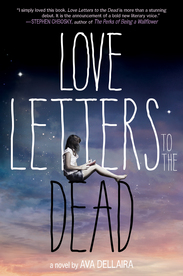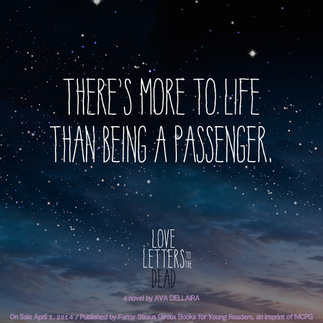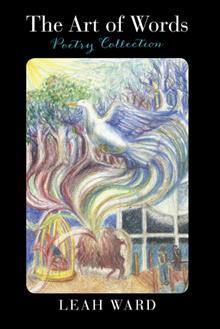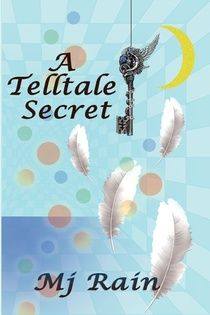 Click for Source Image
Click for Source Image One of the biggest and most unfortunate parts of celebrity culture is the fascination with a star who burned bright and burned out quickly. It is my theory that everyone has that one idol who died young, whose loss still affects them in some way. A person who showed so much promise in their short life that the tragedy of their death is only amplified, whether that be a singer who committed suicide or a pilot whose plane went missing. Love Letters to the Dead, fittingly with that title, is a love letter to all of these people, but also a touching and heartbreaking story of a teenage girl moving ahead with her life following a terrible experience and the death of her own idol, her older sister.
 Click for Source Image
Click for Source Image The device of telling the story through letters, rather than chapters, is an interesting and effective one, allowing for the story to feel more personal, introspective and confessional than a straight narrative. When the truth of the night of May’s death is revealed, it comes as a surprise, as the narrative structure doesn’t really allow for foreshadowing, but it also allows for realisation that this is what the whole story has been building to, that Laurel has to confess the truth to these ghosts in order to process it in a safe environment. But the celebrities are not a cheap gimmick either, with each celebrity painstakingly chosen according to the development of the narrative. As Laurel begins to make friends at her school, her letters switch from her sister’s favourite singer of Kurt Cobain to their favourites, Amy Winehouse, Jim Morrison and Janis Joplin, and she researches into their lives to find connections with her own story. In writing to River Phoenix, May’s favourite actor, Laurel interprets the stories of his characters in Stand By Me and My Own Private Idaho through the lens of her own tragedy. She finds strength and comfort to these silent recipients in a way that is impossible with the people in her life, just as others may find it in prayer.
But the main recipient of Laurel’s letters is Kurt Cobain, which is entirely understandable and necessary. The whole novel, and the ghost of May that clings to the narrative, is entirely evocative of Cobain’s reputation of teenage rebellion, and the devastating nature of his death. But Love Letters to the Dead does not idolise these people either. For a large portion of the novel, Laurel refuses to write to Cobain, angry at him for leaving behind his child as May left behind her sister, and the flaws of the other celebrities are pointed out with the same sincerity as their successes.
The narrative of the book itself is incredibly dark, encompassing elements of grief, abuse, rebellion, sex and devastation. As a straight narrative, it is difficult to believe that the book would have been published as a young adult release. But while the letters provide a certain closeness to Laurel’s character, it also adds a level of detachment to the events of the story which allows the narrative to be enjoyed without too much focus on the disturbing aspects. That said, this is not wholly a glum-fest of a book. Just as the celebrities had bright and dark moments in their lives, so does Laurel, and the moments in which she develops lasting and important relationships, or begins to fall in love with someone who, other than the letter recipients, seems to understand her grief, are a welcome tonic to the stunning but heartbreaking moments that make up the majority of this book.
In Laurel’s penultimate letter, she gives voice to the people she wrote to, saying we exist. Our lives matter. And that is the lasting legacy of this wonderful book. It shows that no matter how long or short a life, whether you are world famous or important to just a select few people, everyone has a story that deserves to be told and remembered.





 RSS Feed
RSS Feed
